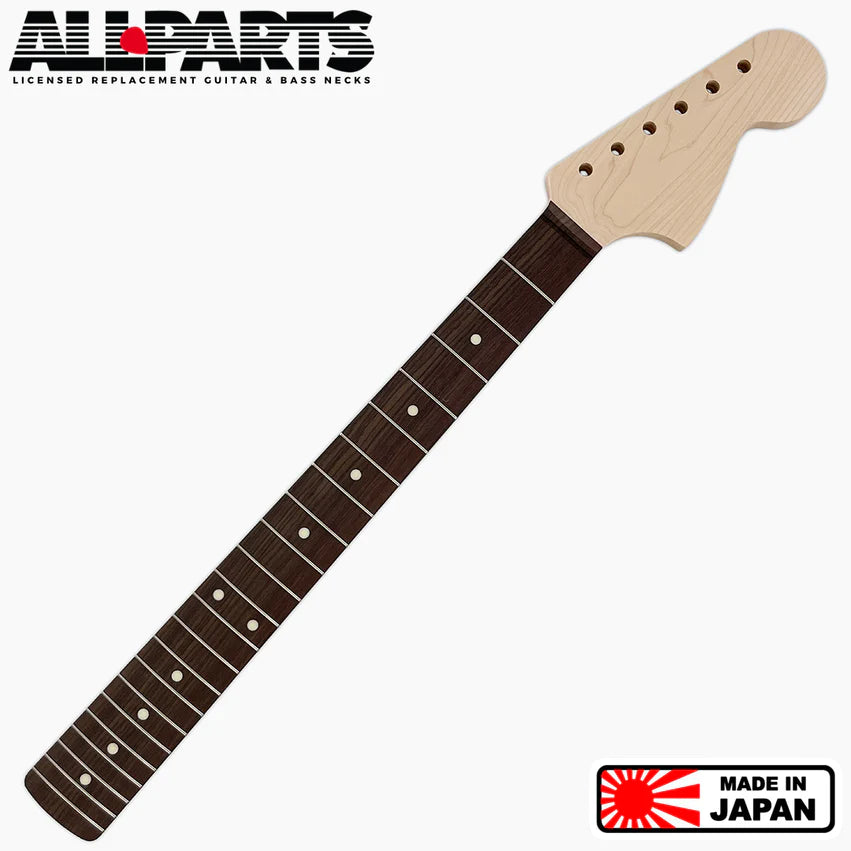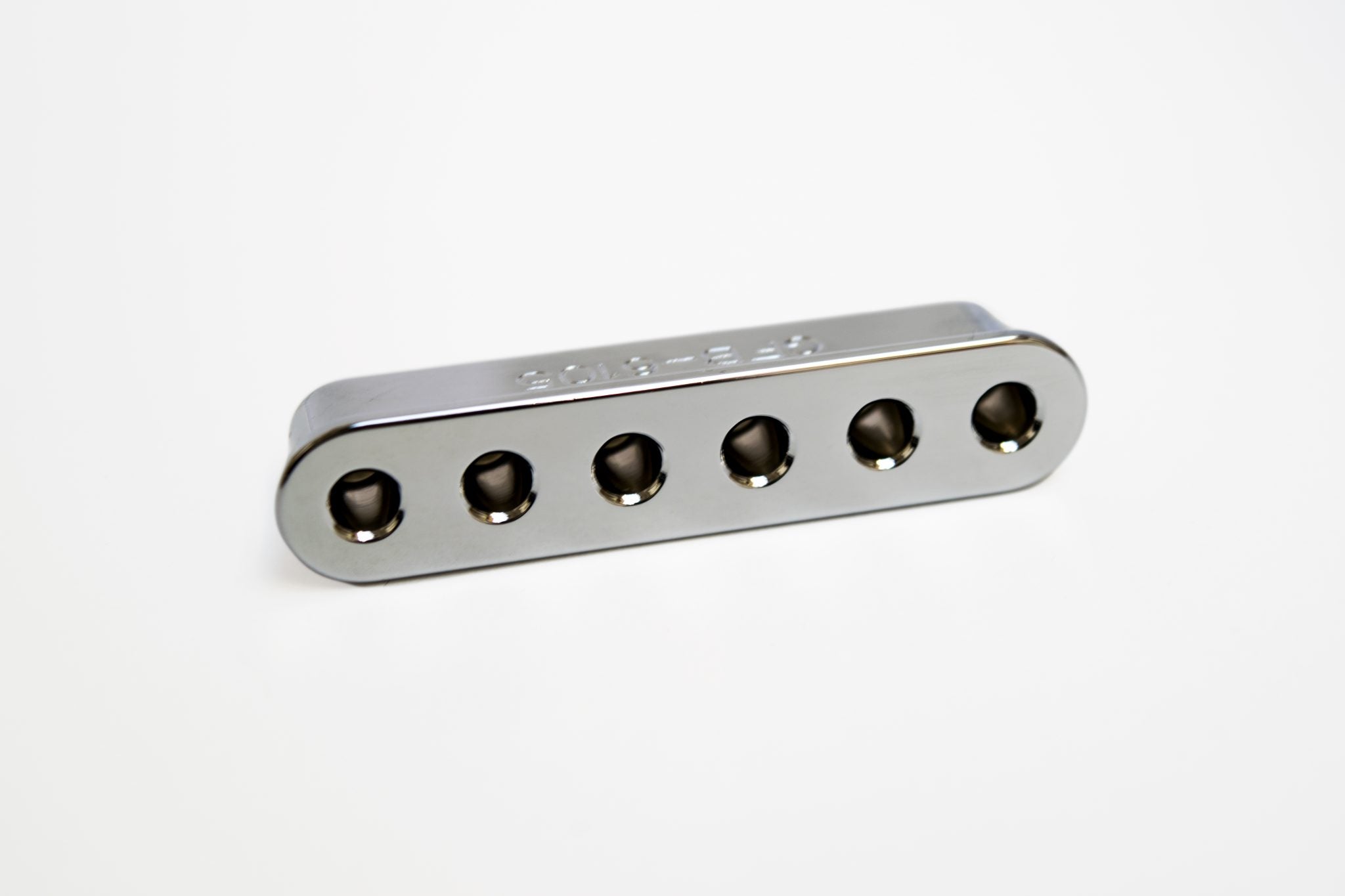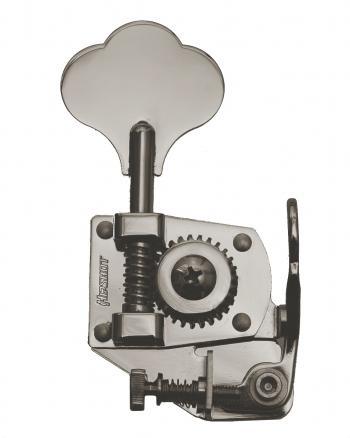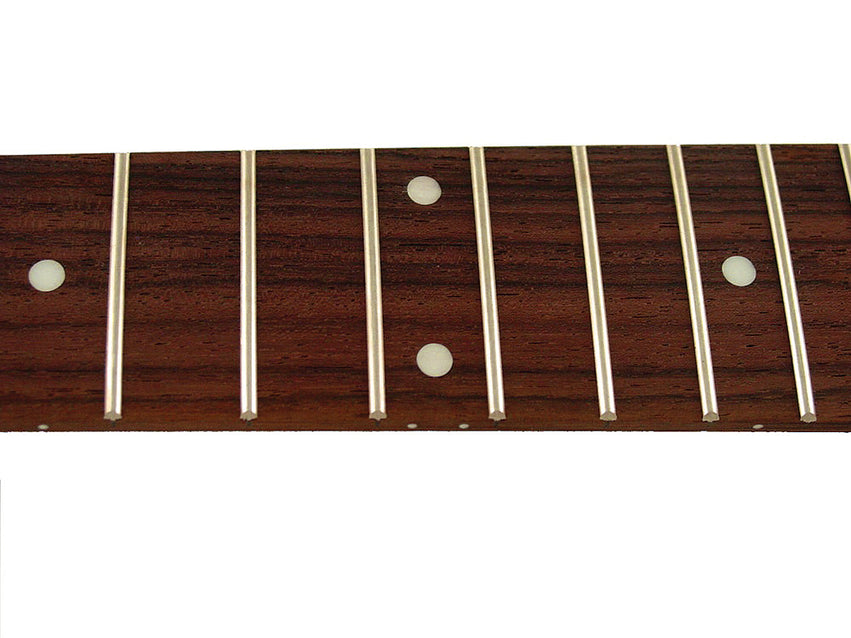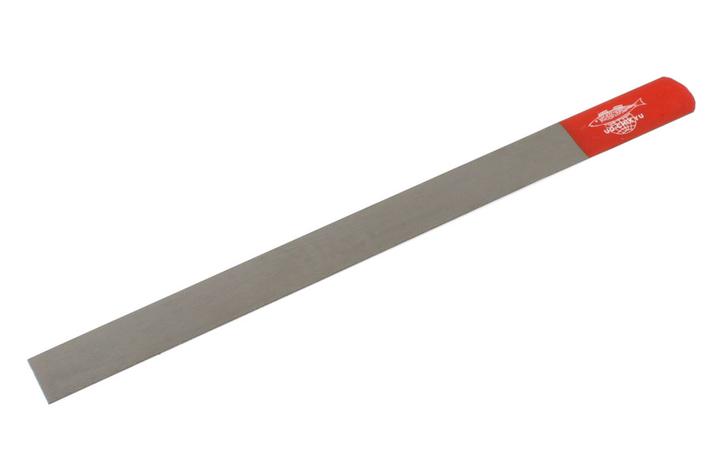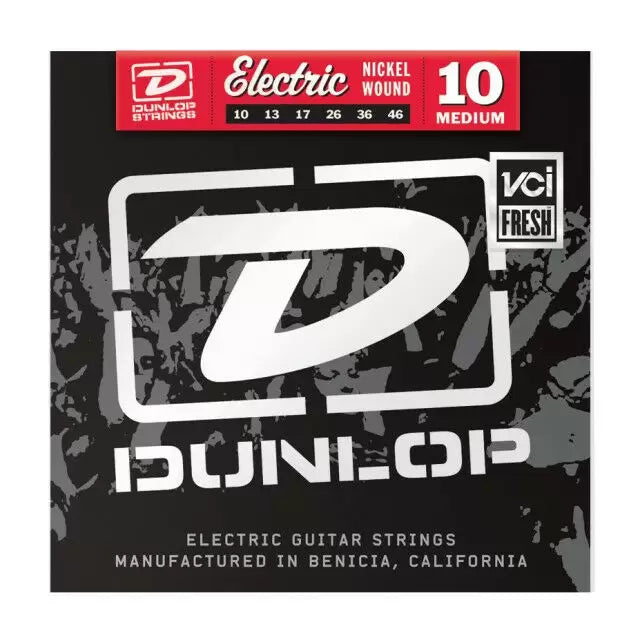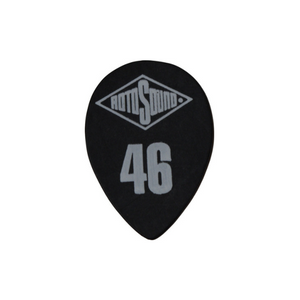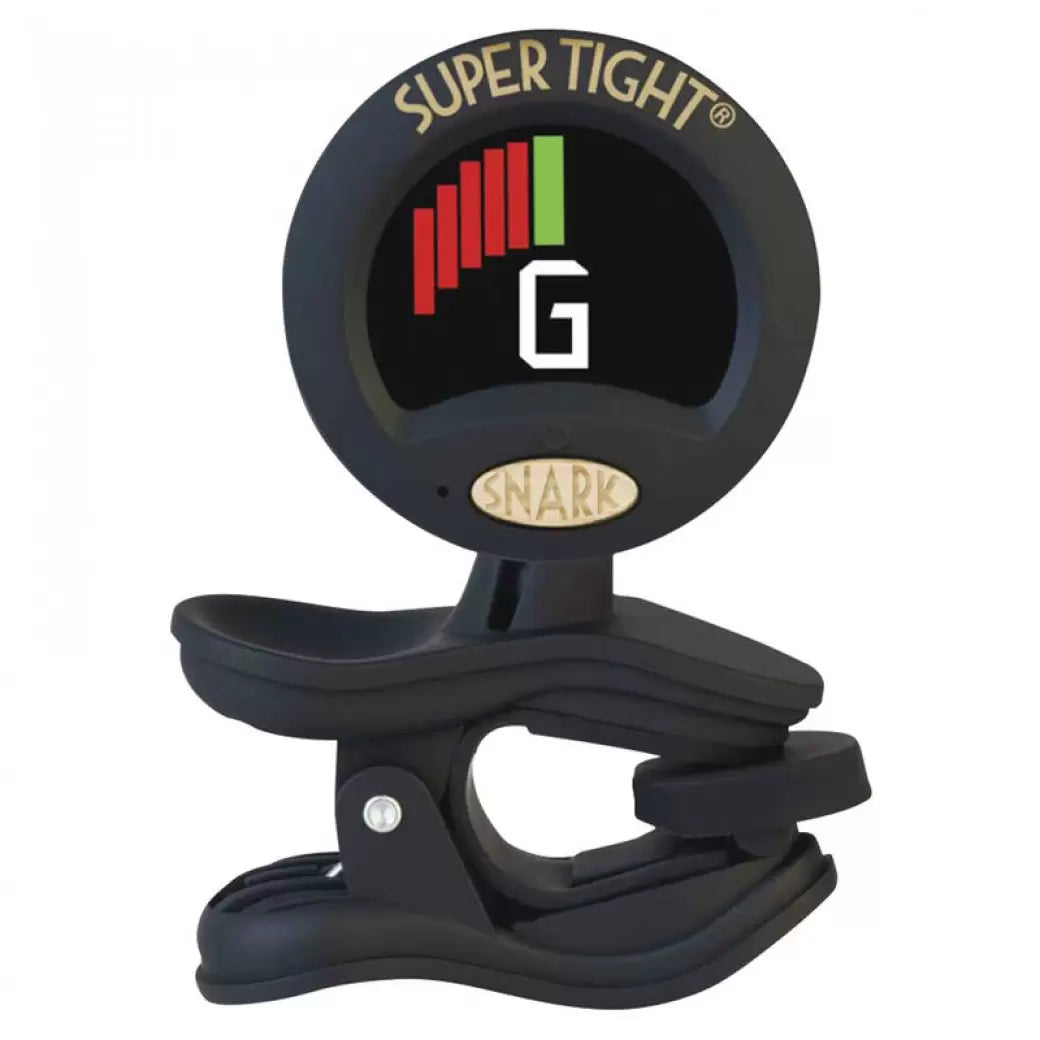You cannot get more historic than the Gibson Les Paul. It’s a legend, a classic in the guitar world, with a distinctive shape and sound.
That’s not to say however that it is a perfect instrument. It’s certainly more sophisticated than any Fender but like any other guitar of a certain time, technology eventually moves on. And although we all still love guitars like the Les Paul, there are small things we can do to those instruments we own to improve our overall experience with them.
Here’s our top 5 list of Les Paul upgrades…
A Brass Nut
The guitar nut is overlooked as a part to upgrade, but it’s actually one of the more important parts to your setup. As one of the two points of contact for your string, it is a key contributor to guitar tone.
I understand guitar nuts can be a task to change, but the work here is worth it as a brass nut will add yet more weight to you Les Paul’s tone. (If you’re happy with the current tone, then you can always skip this.)
It’s worth reminding that at various points in its history, the Les Paul shipped as standard with a Brass Nut.
There are lots of options for you to choose from; some with the ability to adjust individual string heights; nuts that are compensated. We prefer a simpler option like the Allparts BN-0833-000.
String Savers
Sharp saddles on an LP can be a problem, not helped by the acute angle of the string as it passes over the saddle to the tailpiece.
The position of the tailpiece can’t be helped, but fitting String Savers will reduce stress on the string.
Graphtech have produced a line for pretty much every tune-o-matic out there, so there’s no concern about finding a suitable saddle.
Or again, brass as the choice of material, is always a good option here, albeit the string will need to be seated correctly.
Read: Our Top 5 Tune-O-Matic Bridges
-

GraphTech PS-8600-00 String Saver Saddles Originals for GOTOH
£31.66In Stock
Add to cart -

GraphTech PS-8633-00 String Saver Originals Tune-O-Matic Saddles for Epiphone
£31.66In Stock
Add to cart -

GraphTech PS-8500-00 String Saver Originals for Gibson Tune-O-Matic Gibson Nashville Pre 2000
£31.66In Stock
Add to cart
Locking Tuners
Guitars often benefit from the installation of locking tuners, and Les Pauls are no exception. For the ease of string change alone, locking tuners are worth it, but there is more to it than that.
Lack of windings around the post avoids the issue of slippage, and depending on how you play, this can greatly improve your guitar’s tuning stability. Add to that a higher gear ratio for more accurate tuning and you’ve more than justified the cost of the upgrade.
We’ve found plenty of Les Paul owners opting for locking tuners when moving away from Gibson G Force Robot tuners. (No comment from us on those; we’ll leave that down to you as to whether you think they’re any good).
String Butler
The 3 by 3 headstock has one fault: the string angle. Unlike the 6 in line setup, the posts are offset from the slot in the nut, causing the string to pass out the back of the nut at an angle. This can cause lots of tuning problems, especially with sharp string bends or heavy use of a tremolo.
The “STRING BUTLER” takes the strings out of the back of the nut in a straight line and guides them over a set of wheels, before going onto the machine head posts.
You can read more about the String Butler HERE
Lightweight Tailpiece and/or Bridge
The Les Paul is a heavy guitar. Models with a thick mahogany body and maple-top can weigh upwards of 5kg. (How Much Does A Gibson Weigh)
A replacement stop-tailpiece and bridge can provide some much needed relief from that weight.
You need to be look out for any part made of Aluminium which will be super lightweight.
Conclusion
All of these suggestions should only improve the playing experience, and shouldn’t detract from what this classic guitar is. After all, you own a Les Paul for what the Les Paul offers; if you wanted something that plays differently, you would buy another guitar.





